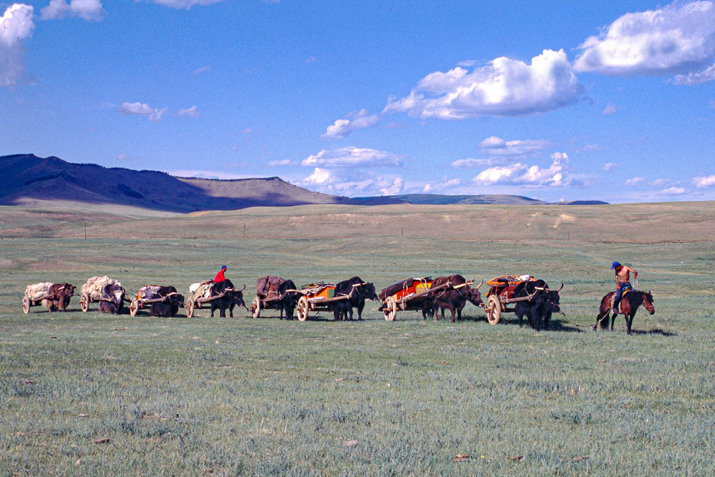
Considerations
N 49°30'504'' E 100°46'286''
Day: 63
Sunrise:
07:07
Sunset:
19:10
As the crow flies:
14,62
Daily kilometers:
21
Total kilometers:
720
Soil condition:
Gravel, stones
Temperature – Day (maximum):
20°C
Temperature – day (minimum):
12°C
Temperature – Night:
minus 4°
Latitude:
49°30’504”
Longitude:
100°46’286”
Maximum height:
1422 m above sea level
Time of departure:
10:08
Arrival time:
15:42
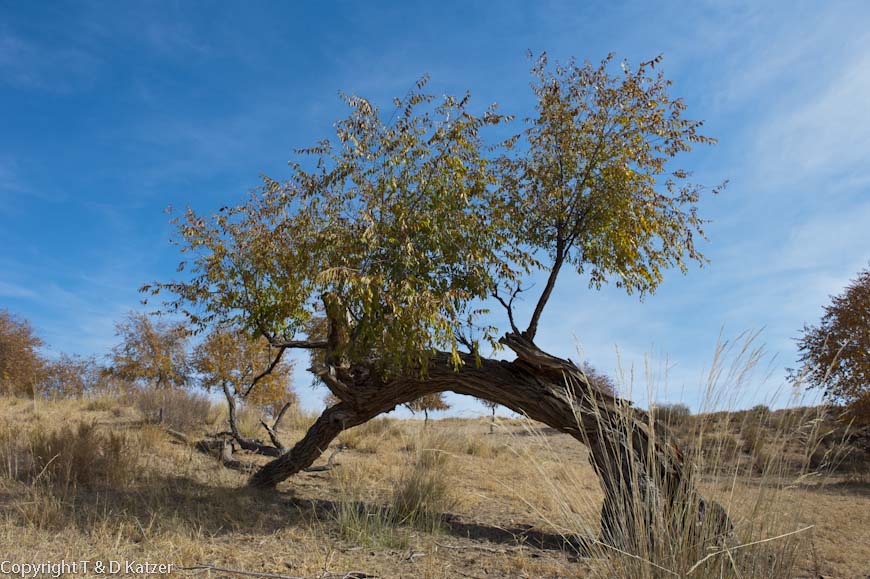
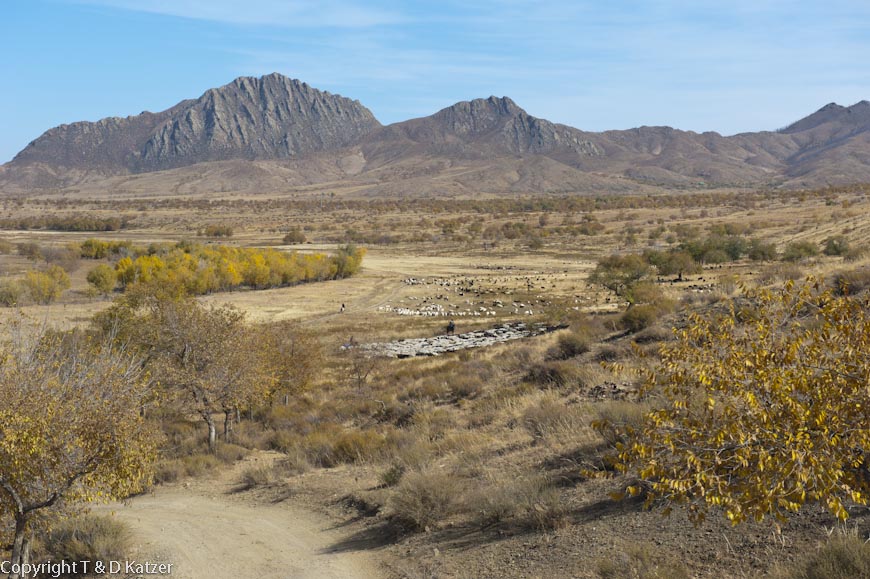
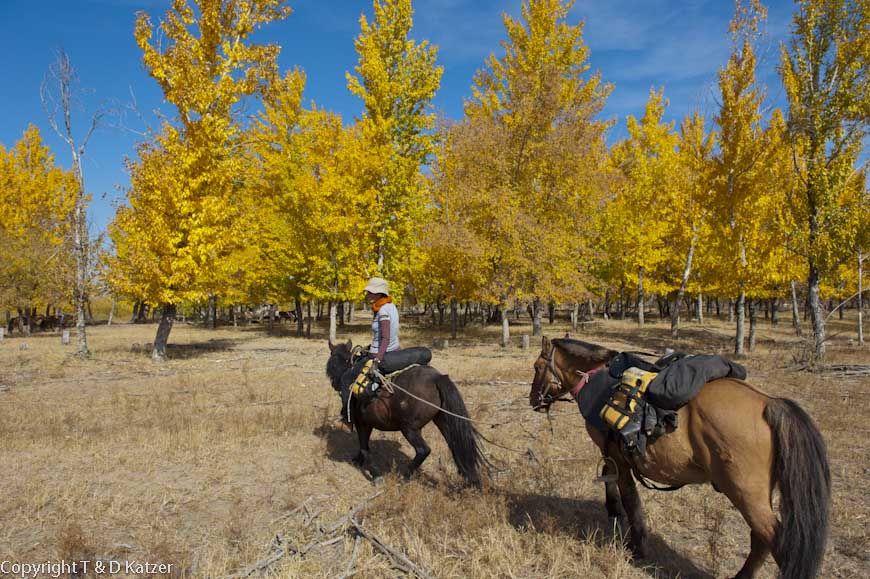



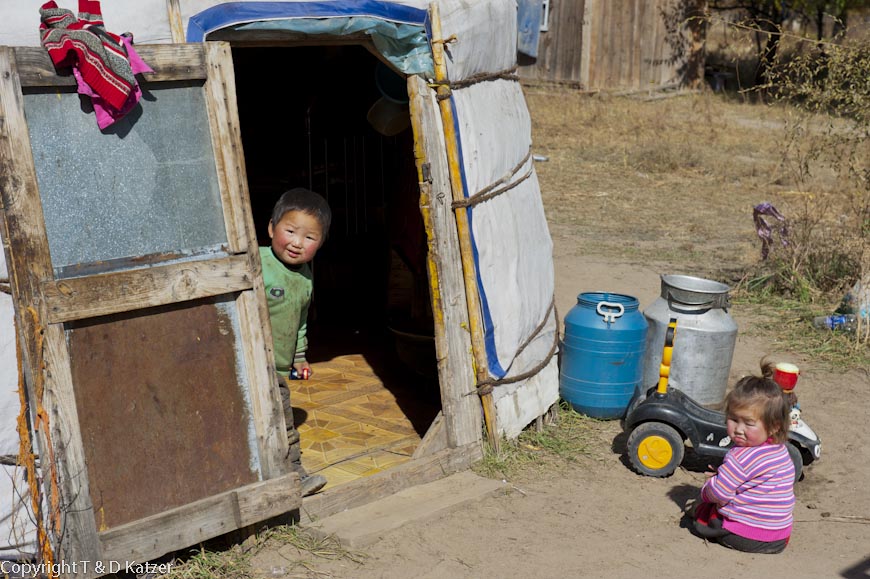
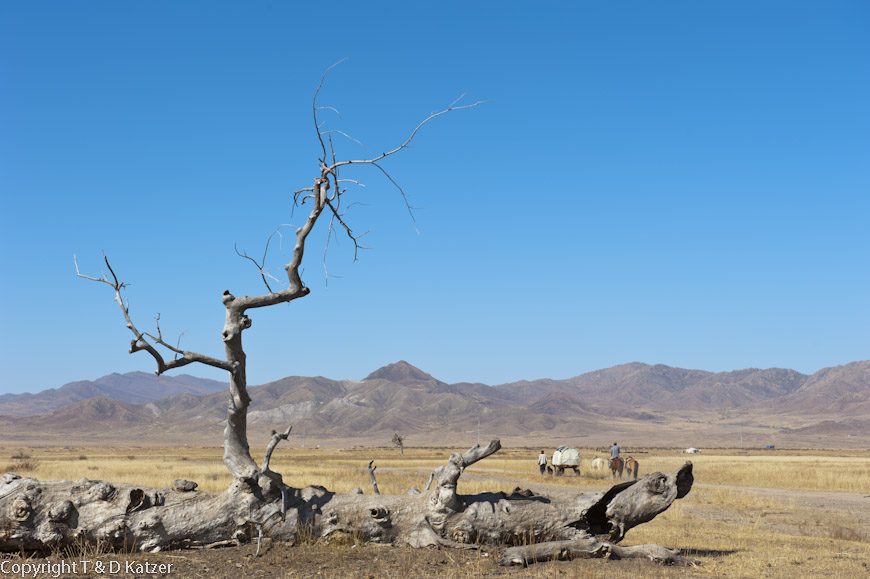

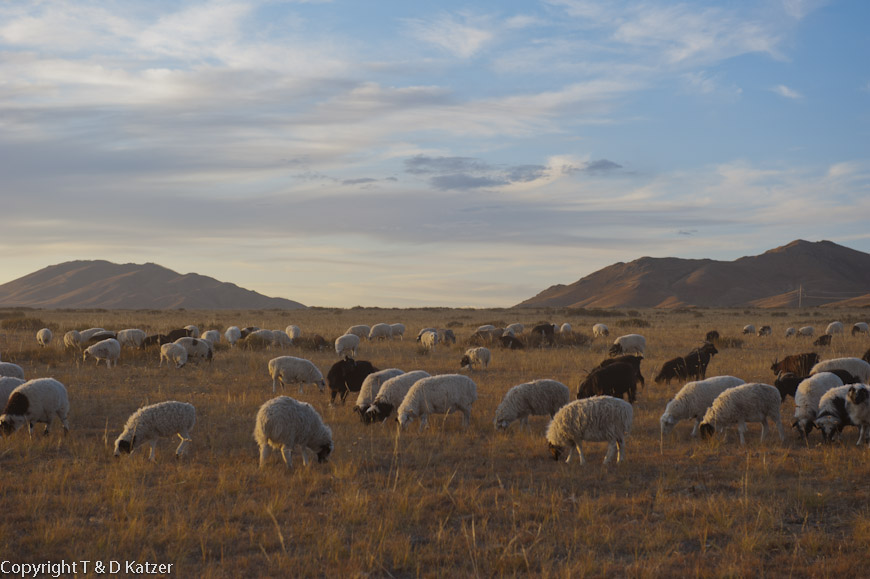
At 10:00 a.m. our expedition is already on its way. “This is by far the best time to set off,” I say happily, praising our men for their speed. Of course, this is only feasible if we don’t organize cooking and baking orgies before setting off, as in many other camps on this trip.
A strong cold wind is blowing towards us today. From yesterday to today, temperatures have dropped again by 25 degrees to an average of 15 degrees, which feels like zero degrees. We make slow progress on the rough gravel path. For our horses, especially the carriage horses, the road is difficult. Tired and frozen, we reach the Toson Tsengel nest. Although the stores are closed on Monday, we find a small store where we get hold of a few bars of chocolate and two onions. The owner of the only compressor in the village opens his woodshed for us. We have the half-flat tires of our horse-drawn cart pumped up and pay 400 Tugrik (22 euro cents) for it. Then we try to reach Saraa on our cell phone to signal our imminent arrival in Mörön. “What, you’re already in Toson Tsengel? That’s wonderful. Then I’ll see you in a few days. Call me again when you know when you’ll reach Mörön. Perhaps you can prepare the next stage of the expedition with us. I’ll talk to my husband and see if he agrees,” we hear happily, as this point is a big question mark for us. Tanja laughs and ends the connection. We hand Bilgee and Ulzii a few ribs of chocolate, get on our saddles and leave the dusty, forlorn-looking wooden huts of the settlement behind us.
“It would be fantastic if we could organize everything else at Saraa,” says Tanja, riding next to me. “That would solve a major logistical problem. But her husband has to say yes first”. “I’m sure he will.” “But as far as I know, Mörön has over 35,000 inhabitants. It’s one of the largest cities in Mongolia after Ulan Bator. How are we supposed to look after our horses in the city?” I ponder. “I have no idea. It’ll work itself out somehow”. “Let’s be surprised,” I reply, infected by Tanja’s confidence. On the rest of the ride we discuss the pros and cons of possibly interrupting our ride in Mörön for the time being. The temperature fluctuations are so extreme at the moment that Tanja in particular is getting more respect for the cold every day. Perhaps your suggestion of parking our horse-drawn cart at Saraa in Mörön and having all our belongings, including the yurt, transported over the passes to the Zataans in a large four-wheel drive vehicle is not so bad? “Maybe we should just ride around Lake Khuvsgul on horseback next year?” I ponder aloud, as we have learned that the northern region of the lake is almost impassable due to the impenetrable wilderness. As things stand at the moment, that would mean spending the winter with the reindeer nomads and then riding from there to the legendary beautiful lake to circle it as far as possible. Afterwards we would ride back to Mörön to reach Erdenet with our horse-drawn carts via a different route. The only question here is how our horses should get to the Zataans? The only option would be to ride there with the horses. But that’s exactly what Tanja wants to avoid because of the cold. Somehow I’m not getting anywhere with my mental game at this point and because these considerations have nothing to do with our reality at the moment, I put my mental work in a drawer to get it out again when the time is right.
Shortly before 16:00, we finish the day in the lee of a long hill. Bilgee looks for a waterhole with his binoculars and thinks he has spotted something about a kilometer up the mountain. “At least there are three yurts there. So there must be water somewhere,” I say, looking after Ulzii, who sets off to scout out Bilgee’s guess.
At the top of the long hill, Bilgee discovers two old horse stakes left there by shepherds. He digs them up and brings them to the camp. He immediately starts sawing pieces about 30 centimeters long from one of the poles with a handsaw. Then he chops up the short logs with the axe. So we have wonderful firewood, just like every day. As soon as our camp is set up, we receive a visit from two young people. “It’s really strange. Here we are in the middle of the Mongolian wilderness and feel lonely and alone and yet we are almost always visited by shepherds sitting on some mountain guarding their herds,” I say to Tanja. “I think we’ll soon be watched all the time. The shepherds have nothing else to do here but guard their herds all day long. When they spot a horse-drawn cart like this, it makes a big change to their daily routine,” she replies. “Sure,” I agree and want to take a photo of the two visitors. But as soon as I pull out my camera, one of them is startled and hides behind Bilgee. “It’s just a camera. Feel free to have your picture taken. It won’t hurt and if you’re lucky, your parents and friends will be able to admire you in a newspaper,” Bilgee reassures him. The boy, who is about 15 years old, suddenly laughs and when I take a picture he can’t get enough and wants to be photographed again and again and again. Tanja hands them a few chocolate cookies while Ulzii offers them cigarettes. They like to have both, putting the sweet in their mouth first and then the cigarette.
We look forward to your comments!

